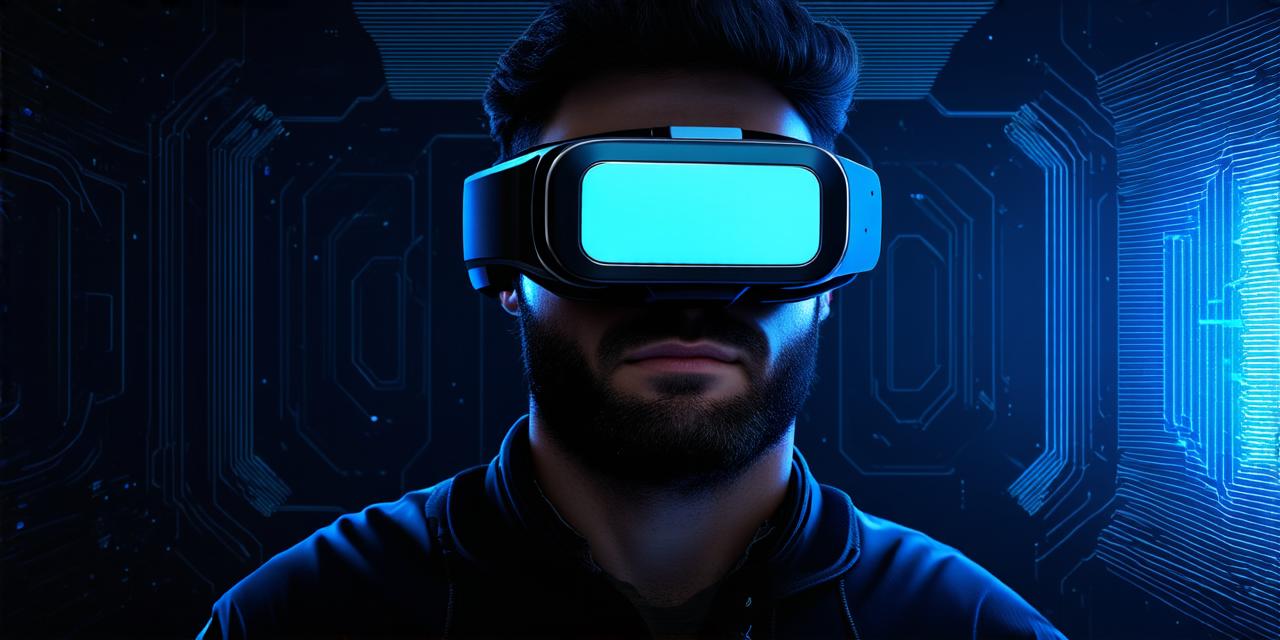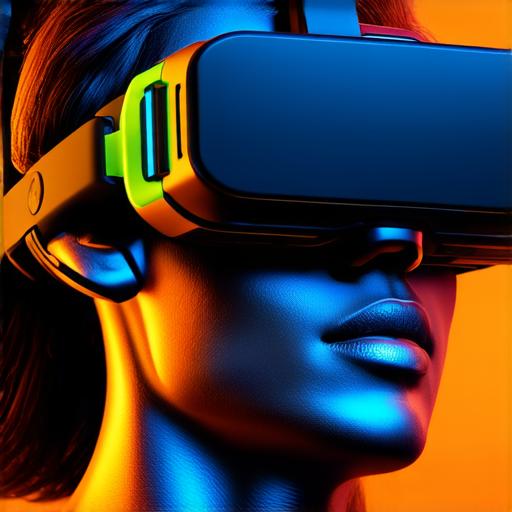
How does virtual reality provide assistance?
Virtual reality (VR) is an immersive technology that has gained popularity in recent years, particularly in the gaming industry. However, VR can also provide assistance to users in various fields.
Assistance in Training and Education
Virtual reality technology allows individuals to simulate real-life scenarios, providing them with an opportunity to practice new skills or learn about a particular subject in a safe and controlled environment. This is particularly useful in fields such as healthcare, aviation, and military training.
For example, medical professionals can use VR simulations to practice surgeries, allowing them to improve their skills and reduce the risk of errors during actual procedures. Similarly, pilots can use VR simulations to practice flying, helping them to become more confident and proficient in their craft.
Assistance in Mental Health Treatment
Virtual reality technology has also been used to treat mental health conditions such as anxiety, depression, and PTSD. By creating immersive environments that simulate real-life situations, VR can help individuals confront their fears and anxieties in a controlled environment.
Assistance in Rehabilitation
Virtual reality technology can also provide assistance in rehabilitation by allowing individuals to practice physical movements in a controlled environment. For example, individuals recovering from stroke or spinal cord injuries can use VR simulations to practice walking and other movements, helping them to regain their mobility and independence.
Similarly, individuals with musculoskeletal disorders can use VR simulations to practice exercises that help to improve their strength and flexibility.
Assistance in Design and Visualization
Virtual reality technology is also widely used in design and visualization fields. Architects and interior designers can use VR to create immersive environments that allow clients to visualize and interact with their designs in a more realistic way.
Similarly, engineers and product designers can use VR simulations to test and refine their designs before production, reducing the risk of errors and improving efficiency.
Assistance in Gaming and Entertainment

Virtual reality technology has also revolutionized the gaming industry, providing users with an immersive and interactive experience that was previously not possible. By wearing a VR headset, individuals can enter a virtual world and interact with characters and objects in a way that was previously only possible through video games.
This has opened up new opportunities for game development and has led to the creation of entirely new genres of games.
Case Study: Virtual Reality Therapy for PTSD
One example of how VR provides assistance is through virtual reality therapy for post-traumatic stress disorder (PTSD). In a study published in the Journal of Trauma and Dissociation, researchers found that exposure therapy using VR was effective in reducing symptoms of PTSD in veterans with combat-related PTSD.
The study involved 12 veterans who completed six sessions of VR exposure therapy over the course of eight weeks. The results showed a significant reduction in symptoms of PTSD compared to a control group who received traditional talk therapy.


